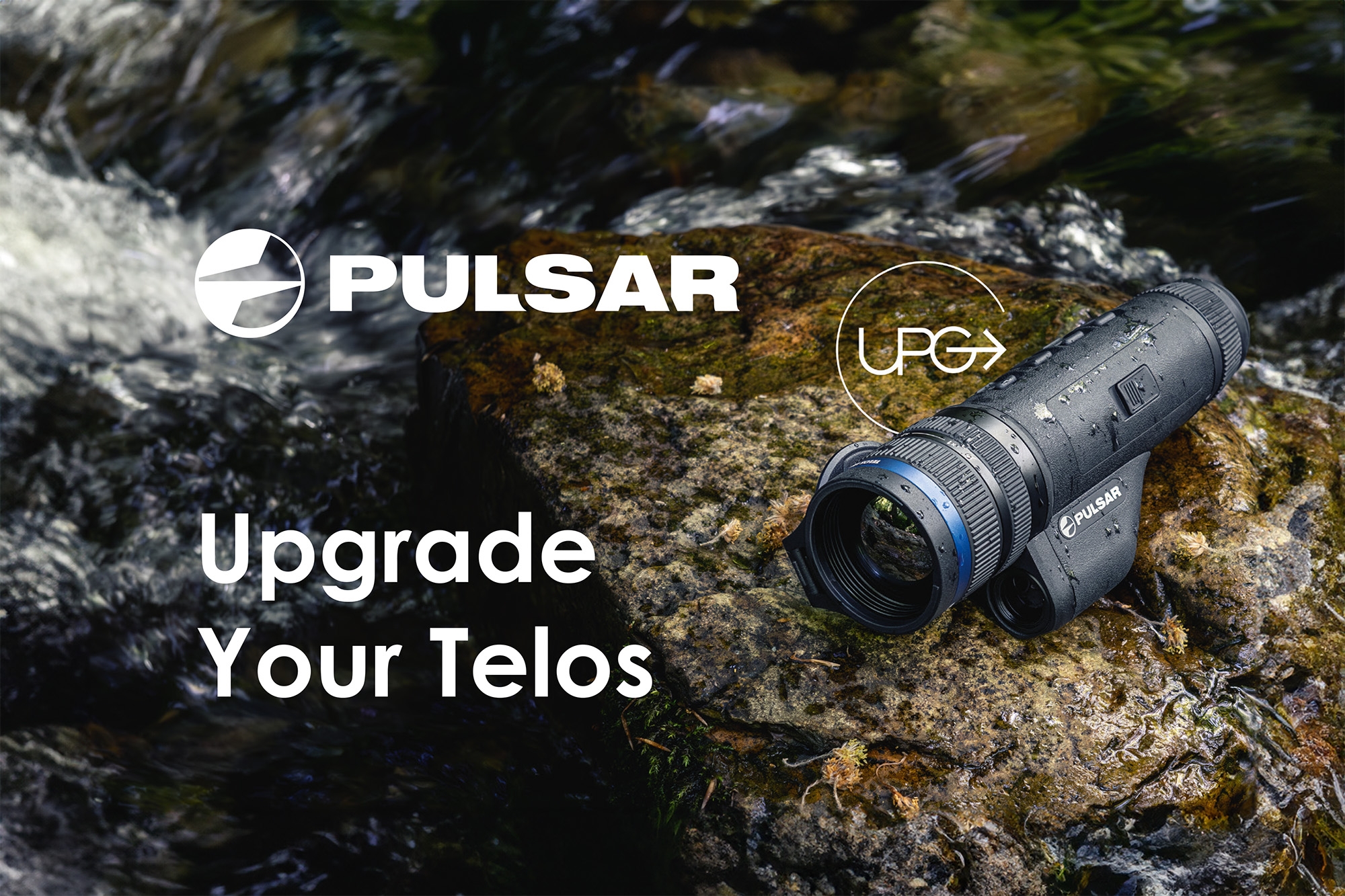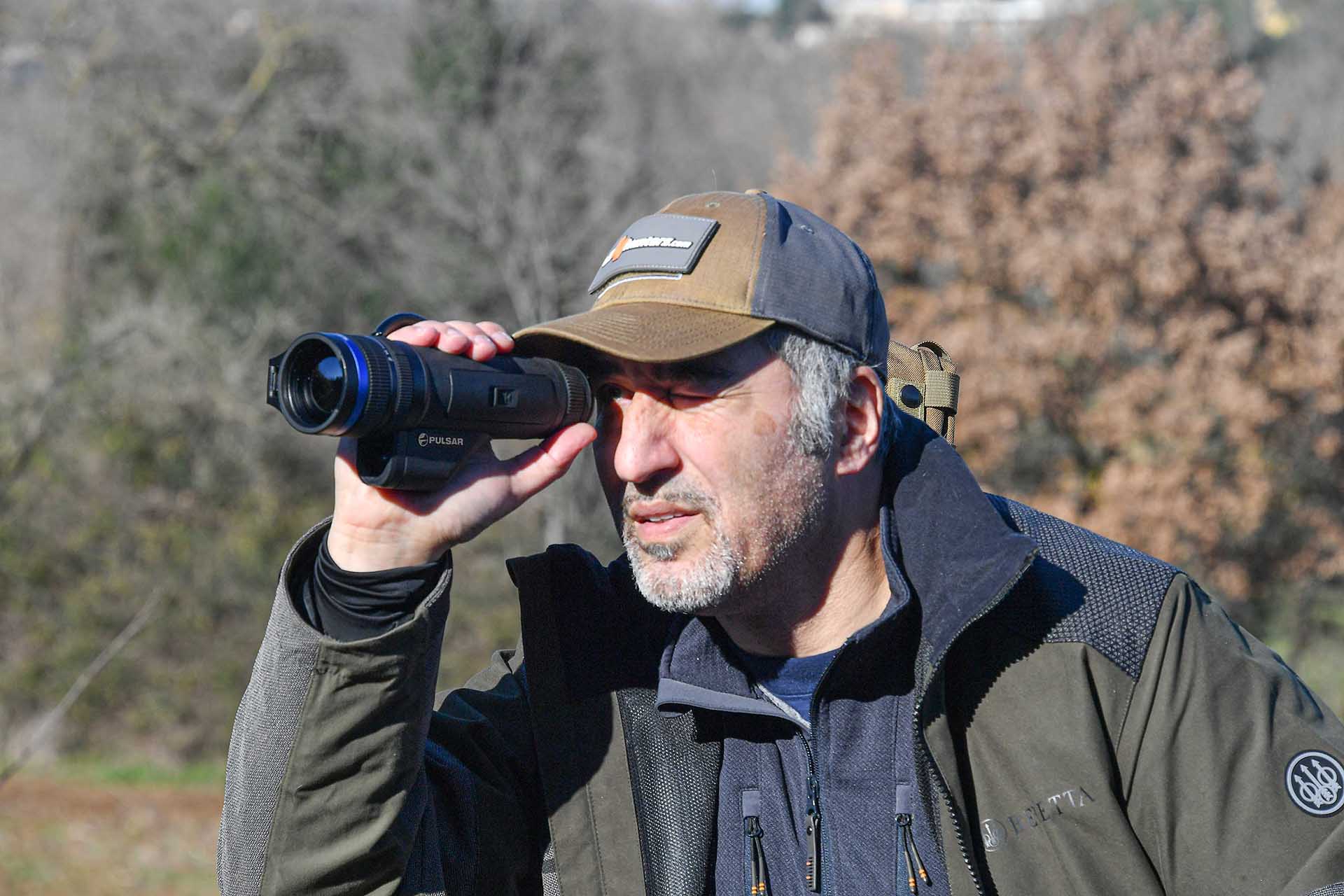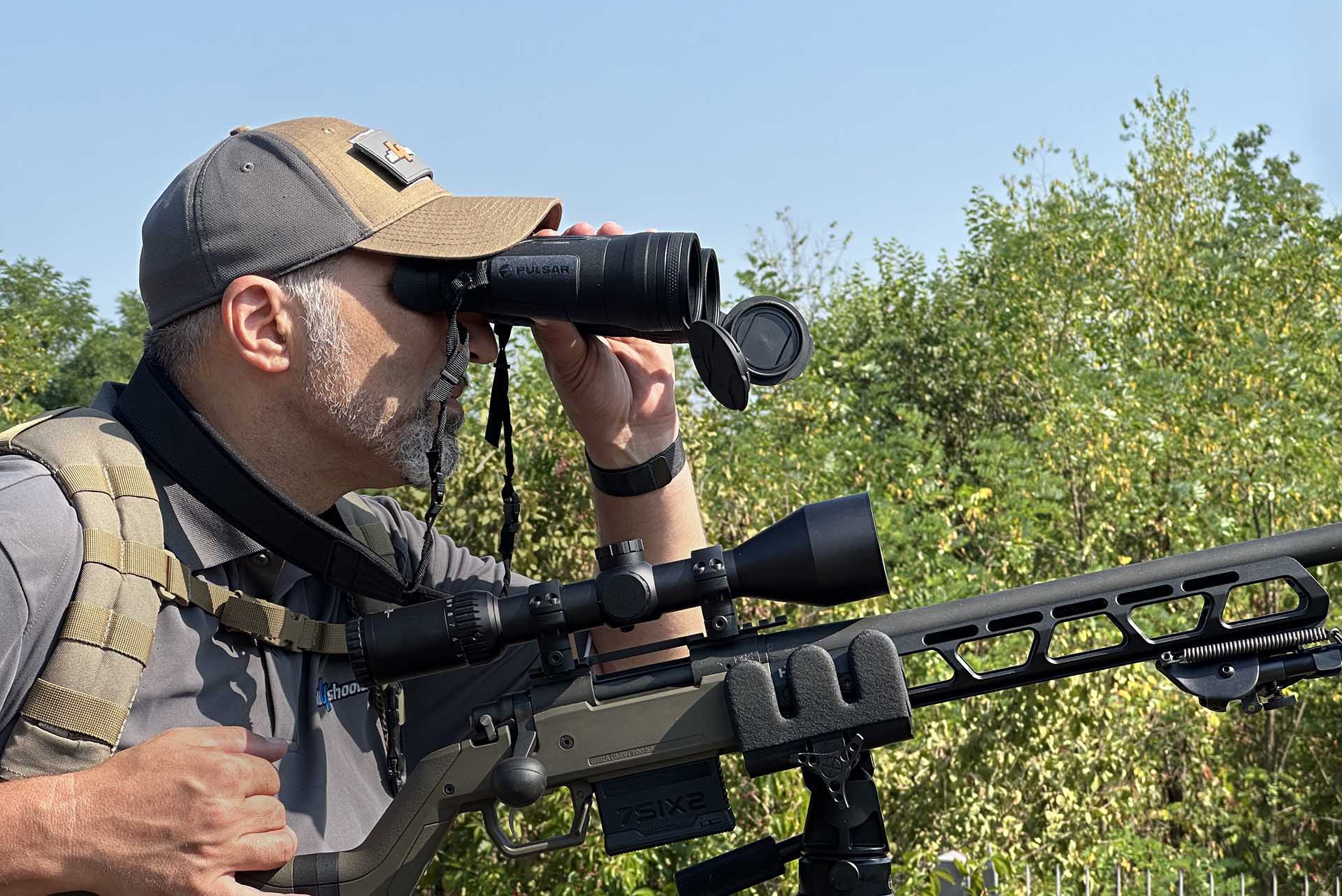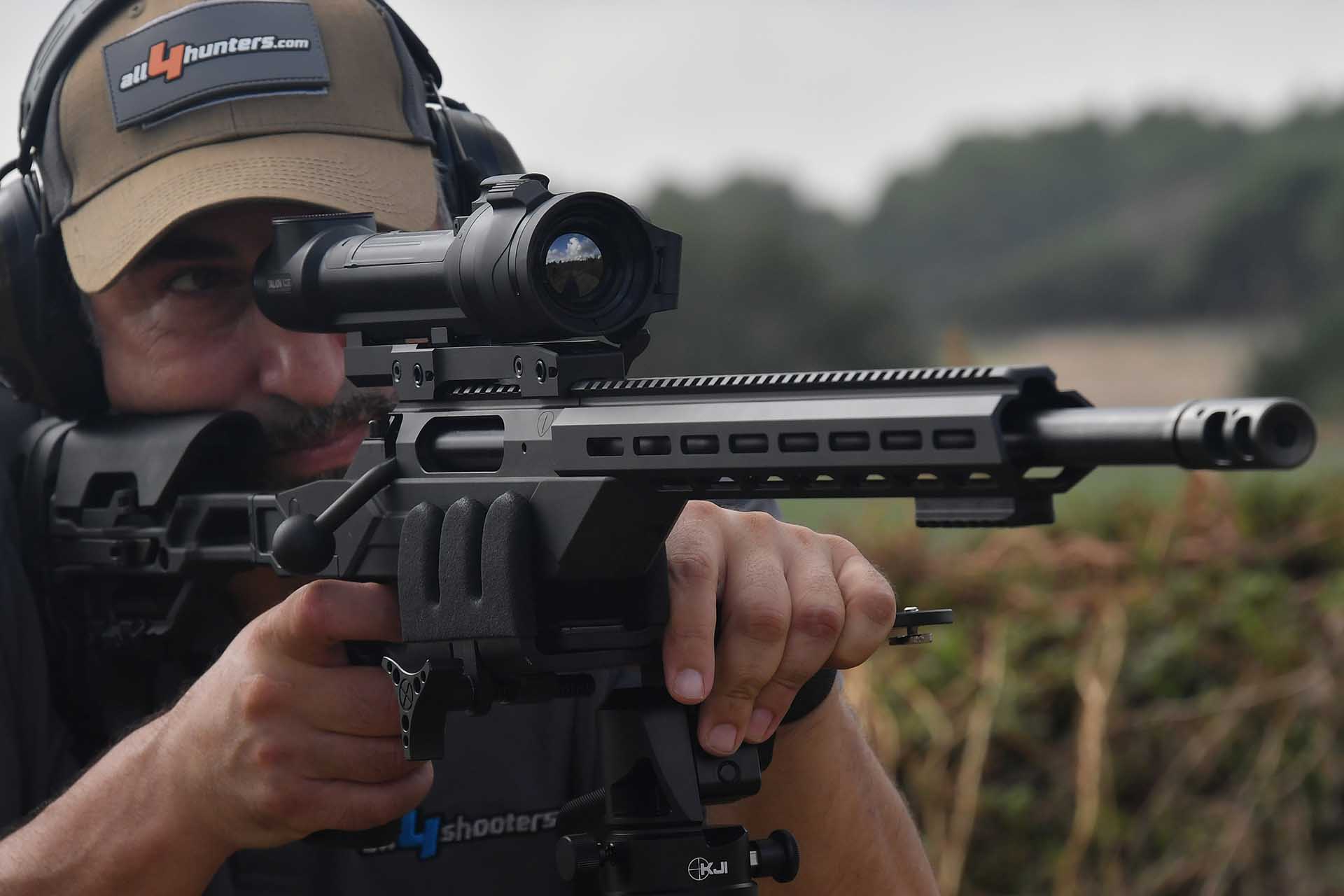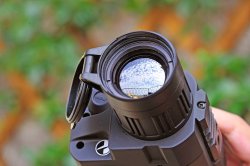
Being able to observe the image of the heat emitted by the objects around us, in this case to really “see the invisible”, to use a phrase coined by a manufacturer of these systems, is a truly enthralling experience.
Once you have actually understood what really you are seeing through the instrument, literally it's the visual representation of the temperature emitted by those objects, you are caught up by an almost childlike curiosity of wanting to see “how it looks”, observing everything we have around us, the pans simmering on the stove, our cat stalking down the hall, water cascading over the terrace, fruit juice fresh from the fridge poured into a glass.
You discover some quite baffling things, such as the fact that glass is totally opaque to radiant heat, whereas some opaque plastics turn transparent.
Even after weeks of using our newly acquired Pulsar Quantum HD 38S thermal imaging scope, the novelty still has not worn off, leaving everyone else who tries it smiling or shaking their head.
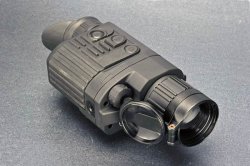
But enough playing around with it...
This instrument is really designed to be seriously used by professionals and hunters, to observe and locate prey, for the surveillance of a perimeter around an installation or to search for the victims of accidents or disasters, as well as for numerous other uses, some of which are easy to imagine: for example a police officer asked us if the Quantum HD 38S could be used to establish which parked car had recently been moved by observing the cars from afar. Or whether a nondescript industrial shed on the outskirts of town is used illegally to grow cannabis.
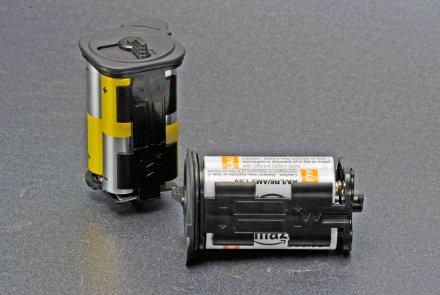
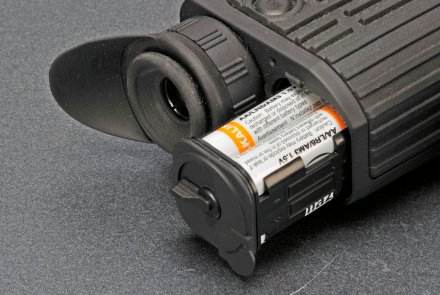
The performance, capabilities and specific features of thermal imaging optoelectronics systems (the exact name of these systems is "thermal imaging camera") will be covered in a following article; the argument is not only of particular interest, but it is a vast subject and even amongst thermal imaging enthusiasts there is room for confusion and doubt, just as is the case for image intensified night vision.
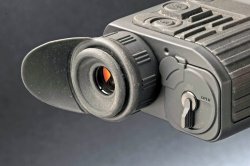
For now, all we need to know is that everything emits a certain amount of infrared radiation, the wavelength of which varies with the temperature of the object (and something called "emissivity", but we will not discuss it now); this radiation, that behaves just like light, can be detected using a special sensor, which in terms of its basic structure is similar to the sensor on a digital camera.
The resolution of this sensor is obviously extremely important since it's directly related to produce a usable image: compared to a normal digital camera (with modern versions recording in megapixels, in other words millions of pixels), the resolution of a top quality military spec thermal imaging camera is equal to or lower than 640 by 480 pixels - just 0.3 megapixels.
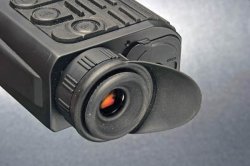
What is more, only certain elements are transparent to medium and long wavelength IR radiation (between 3 and 14 µm, used in most thermal imaging cameras), such as Germanium and Silicon, making the lense assembly of these instruments very expensive.
Once the image has been detected by the sensor, it can be digitally processed and displayed on a normal LCD a few inches wide, or, as is the case on the Quantum HD 38S thermal imaging scope we tested, on an OLED micro-display viewed through an eyepiece just like the ones used on high quality video cameras.
The image generated by the sensor is a full digital image rather than an analogue one, and therefore it can also be recorded as such: many cameras, including the HD38S, have a video output, and some can even record directly to a memory card (SD or MicroSD).
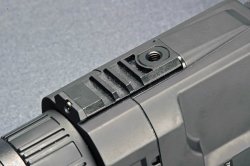
The HD 38S camera is fitted with a French built ULIS (SOFRADIR) sensor: a 384 x 288 pixel uncooled amorphous silicon resistive microbolometer with a 25 μm pixel pitch, probably a UL03262-031.
Although Pulsar has not released details on sensitivity and thermal resolution, on the basis of the specifications of what we assume to be the sensor used , we can see the NETD (Noise Equivalent Temperature Difference) of the HD 38S is certainly higher than 70 mK with the F1.2 lens used.
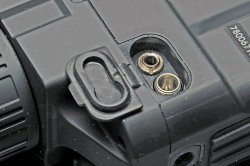
It is important to emphasise that the Quantum HD38S has a 30 Hz video refresh rate. In other words, it displays 30 images per second, producing a fluid video without any “trail” effects or jerky images like those found on most imported US thermal imaging cameras, which by US law are limited to a refresh rate of just 9 Hz to comply with “dual use” export requirements.
For the same reason, while the Quantum HD38S can be sold and owned without restriction in Europe, it cannot be exported outside the EEC.
The box of the Pulsar Quantum HD 38S monocular thermal imaging scope, as well as the camera itself, also contains a fine black Cordura carrying case, two AA battery holders, four 1.5V AA Lithium batteries, carry strap and fittings, the instruction manual and video cable.
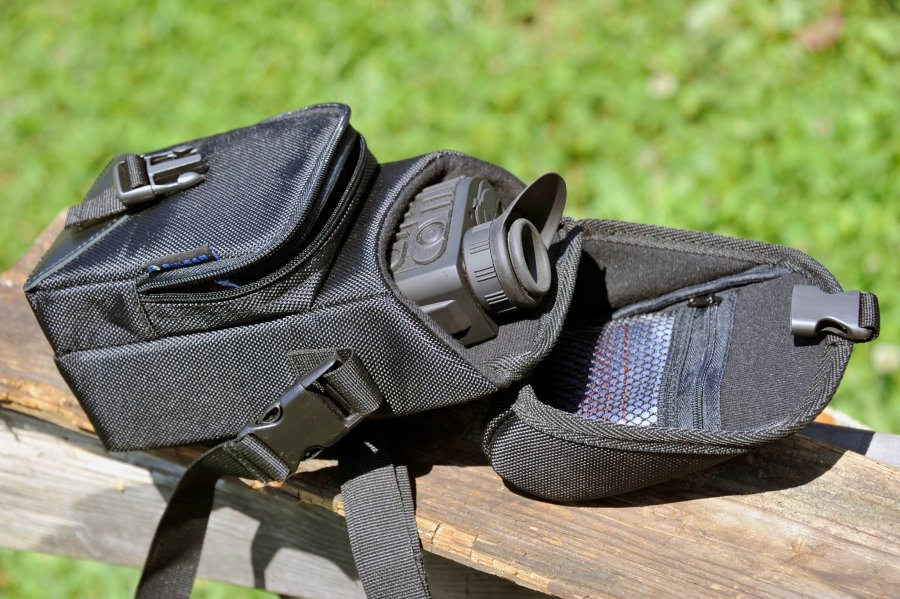
The Quantum HD38S is quite a compact and lightweight instrument (it weighs about 350 g without batteries), it has a full-polymer body reinforced with fiberglass and is partially coated with non-slip rubber.
Only the lens body protrudes a few centimetres in front of the instrument, and the delicate Germanium front lens is protected by a hinged lens cover, which proved to be very sturdy and also waterproof in our field tests, thanks to its O-ring seal.
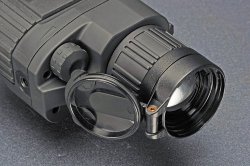
A small Picatinny rail on the side can be used to mount optional Pulsar accessories such as a spare rechargeable high-capacity battery (EPS3 or EPS5) or a video recorder (CVR640 Newton).
The carry strap on a removable ring can be mounted on one of the two 1/4" standard thread tripod mounts.
There are three rubber-coated buttons on the top of the instrument and a rotating knob beside the front lens to control all the camera's functions, as well as turning it on or off. The basic functions (brightness and contrast) and those in the advanced menu can be selected by turning the knob in both directions, pressing it to confirm.

The eye relief of the eyepiece in our opinion is just sufficient to do the job and can be compared to that of a medium-range digital camera; the exit pupil could also be better.
The 640 x 480 pixel colour OLED is only used in black and white, but offers excellent contrast and image quality, a vast improvement on earlier generation displays which were based on LCD-TFT technology.
A small recessed LED next to the eyepiece shows the power status of the instrument and battery charge.
The thermal imaging camera is powered by four AA batteries in a removable cartridge that slides into the battery compartment next to the eyepiece; additional battery cartridges can be purchased if the two provided are not enough. The battery life of each battery cartridge, depending on the type of batteries used, is from 4.5 hours with alkaline batteries to 5.5 hours with lithium batteries.
The thermal imaging camera takes about fifteen seconds to start up after being switched on, during which time the Pulsar logo is shown on the display; as soon as the sensor is mechanically calibrated (with a click like that of a camera taking a picture), the thermal image is shown on the display. From this moment on, every time the image loses quality, the instrument recalibrates (in automatic, manual, or silent manual mode).
You can adjust the brightness and contrast by pressing the front control knob; holding the button down for three seconds opens the advanced options menu window in the display, where you can adjust the defective pixel repair settings, enable or disable video OUT, calibration mode, and pre-set urban, country or ‘ID’ mode.
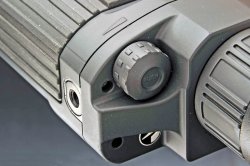
The controls on the top of the instrument are used to turn it On and Off, perform manual calibration (…and unless you take care, it is quite easy to switch the unit off), and select the 2x digital zoom; holding down the zoom button for one second activates inversion mode (from ‘white-hot’ to ‘black-hot’).
Focusing is quite simple with the lens knob, which produces enough resistance to rotation to remain stable once focused; we found the 2x zoom button to be a lot more useful than we would have thought because it lets you fine focus, magnifying the central portion of the field of view by 4.2x.
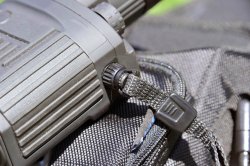
We tested the instrument both at night and during the day trying to identify various objects, people and animals at a variety of distances.
Considering that the maximum detection range in optimal conditions declared by the manufacturer is 950 m for a 170 x 50 cm rectangular heated target, which is essentially the smallest size “hot” object that will illuminate one single pixel at that distance, in other words: “if a pixel is lit, there's definitely something over there”, during our tests we found that the maximum usable distance was actually around 500 metres.
The quality of the sensor really is excellent, light years ahead of what was available just five years ago, producing incredible detail: you can clearly see single strands of hair in front of someone's face at a distance of 3 metres, a pigeon flying over 200 metres away (using a black-hot image to enhance contrast with the sky), and damp spots in a cellar. Single nails hidden in plaster and plasterboard. And more....
For a hunter, the Quantum HD 38S is a real eye-opener: the drops of blood left by a wounded animal in the brush can be followed as if they were a string of Christmas tree lights, you can find animals and people even in thick undergrowth, camouflage clothing and camo nets are much less effective.
And last but not least, especially at dawn, you can somewhat see through fog! Even though you cannot see your hand in front of your face with the naked eye, using the thermal scope you can see animals, trees and people even far away.
We highly recommend the Pulsar Quantum HD 38S thermal imaging scope, because of the excellent performance and the recommended retail price, which is very competitive considering other instruments offering a similar performance. Although the eyepiece could be better, its 30 hz refresh rate, 384 x 288 resolution (compared to the 320 x 240 offered by US products), an excellent 640 x 480 OLED display and a rich range of optional extras make it almost unbeatable in terms of value for money.






